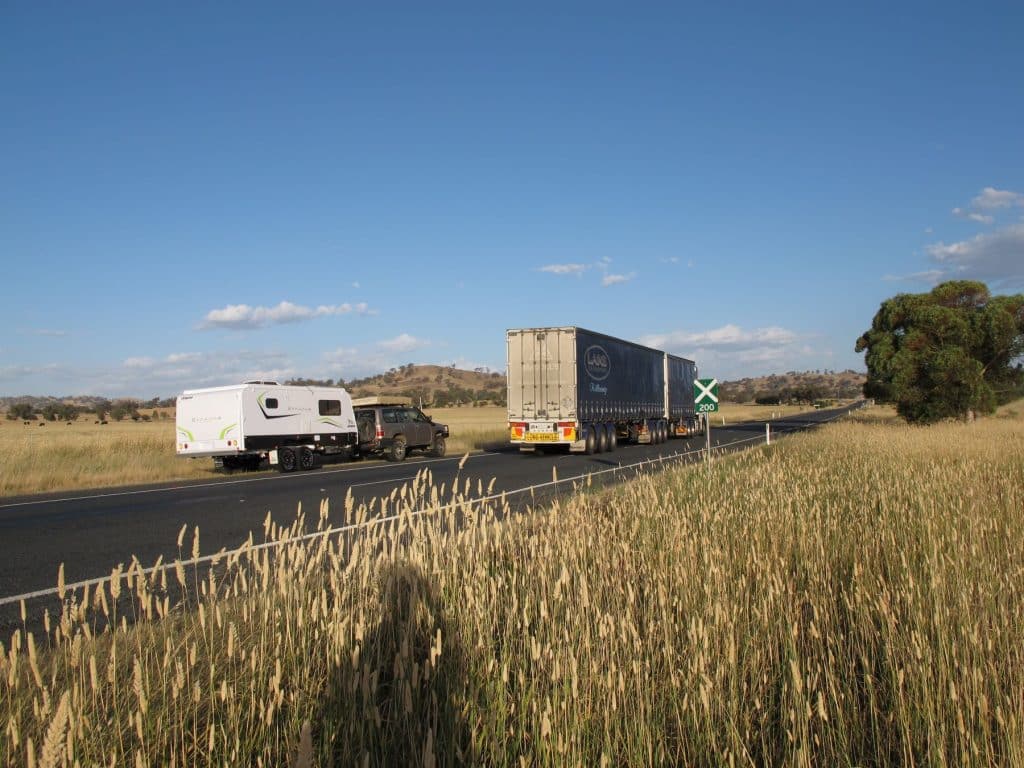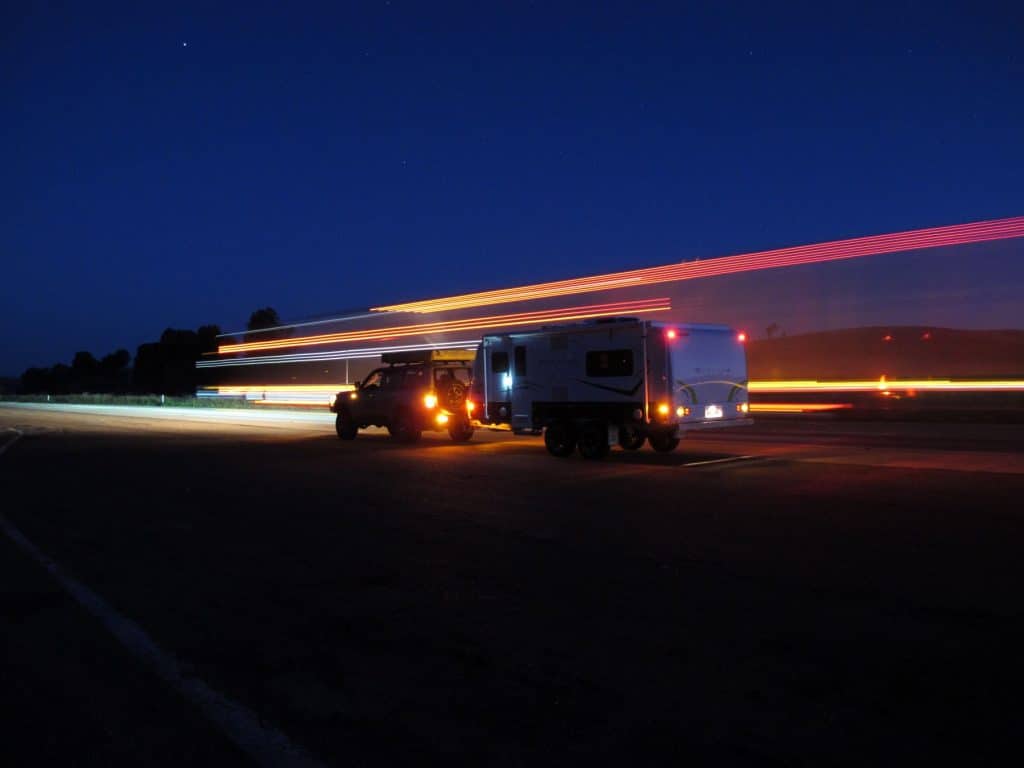Guide to overtaking (and being overtaken) with an RV




While there a plenty of classic road trip songs written about driving, travelling and touring, none that I know warn of the dangers of overtaking with an RV.
Whether you are overtaking or being overtaken, regardless if a truck, car, caravan or motorhome, there are a few basics you need to know to ensure you don’t end up on the national news.
The larger the vehicle and the faster it’s hurtling down the highway, the more air it pushes. Let’s take a truck for example. While there are two main different cabin shapes – ‘cab over’ or ‘snub nose’ – it doesn’t really matter, given that most trucks will be much larger and push much more air than you do.
Unfortunately, the laws of physics (surely there is one that covers trucks and air being pushed) dictate that the larger, heavier mass will move the smaller, lighter mass around at whim. This concept is particularly important when it comes to overtaking and being overtaken with an RV.

No matter how experienced an RV driver you are, your vehicle will suffer the effects of the truck’s air when overtaking. That’s even more so for your caravan. Regardless of brand, single axle or dual, off-road or on, your van presents the perfect slab-sided target to be pushed around. And here’s the biggie. That air current from the truck will not only push you and your van around but also suck you in towards the truck.
Yep, it’ll push and pull you, potentially sending you into a tail-wagging, end-of-holiday, look-at-me on the nightly-news crash.
I hope so!
That’s the perfect reason you need to know the safe way to overtake or get overtaken by a truck or large vehicle with your RV in tow.

Let’s get one thing straight, it is NOT the truck’s fault. And no, it’s NOT the truck driver’s fault. No one is trying to cause you and your home on wheels any damage. Nope, it’s that (perhaps unwritten) law of physics that will do its thing.
No doubt you’ll have heard the expression ‘slipstream’ before. That’s when you are travelling close behind another vehicle to allow the lead vehicle’s air to help suck the following vehicle along. Don’t do it. It’s illegal and dangerous.
As you begin to overtake, most of the time, everything will initially feel ‘normal’ until your vehicle gets alongside the rear of the truck or RV. Then, there is every chance of a slight sucking (edge of the slipstream) effect. This pulls your car and RV towards the truck, even if you can’t feel it.
Once you are beside the front and slightly ahead of the truck, you’ll no doubt feel your vehicle ‘lean’ or be pushed away. Then, the same happens to your RV as it travels along the side of the truck when overtaking. This sucking and pushing are what causes both your vehicle and caravan to start swaying.

For a more detailed explanation of how this airflow behaves while towing an RV, check out this article we wrote earlier.
How you react to this initial sway will affect the outcome of your passing manoeuvre and how many news channels will take up the story.
The longer you linger in this RV overtaking danger zone, the more likely your road trip will end in tragedy. So pass through this zone as quickly as possible. Some pundits preach the slight use of the caravan brakes as a surefire way to stop or prevent caravan sway. But remember, the brakes will slow you down slightly. If you insist on trying this method, do a little practice in a safe space before tackling a big rig manoeuvre.
I highly recommend one of the handful of caravan sway control (electronic stability control) systems installed either from new or as an aftermarket product. I ticked that box with my van as I figured it only needed to do its job once at saving my family to be worth the outlay. Even the type of suspension your RV sports will influence how it reacts to being pushed around when overtaking. The same goes for weight distribution but that’s a whole article in its own right, so ensure you get that right.

We’ve all seen trucks and other road users ‘advising’ others when it’s safe to overtake and safe to return to the left lane by using their indicators and headlights. Yes, it works and yes, it’s a great (unofficial) way to do it, but it is illegal. You’ve been warned.
Plus, you have no way of knowing how competent other road users are, so you have no right to tell them what they should be doing and when. A UHF radio is a much safer way to do it.
I always recommend fitting a UHF radio to your touring vehicle. You’ll hear foul language at times (so be careful) and yes, they are great to talk to your mates. However, they also allow you to contact trucks while undertaking overtaking manoeuvres so it’s an excellent way to help you stay safe on the roads with your RV. Truck drivers want to go home safely to their families at the end of their work shift, so give them a holla’ to help you if needed.

People can help themselves by having a tow vehicle that weighs more than the caravan.
Don’t get sucked into the vehicle manufacturer’s hype on max tow capacity.